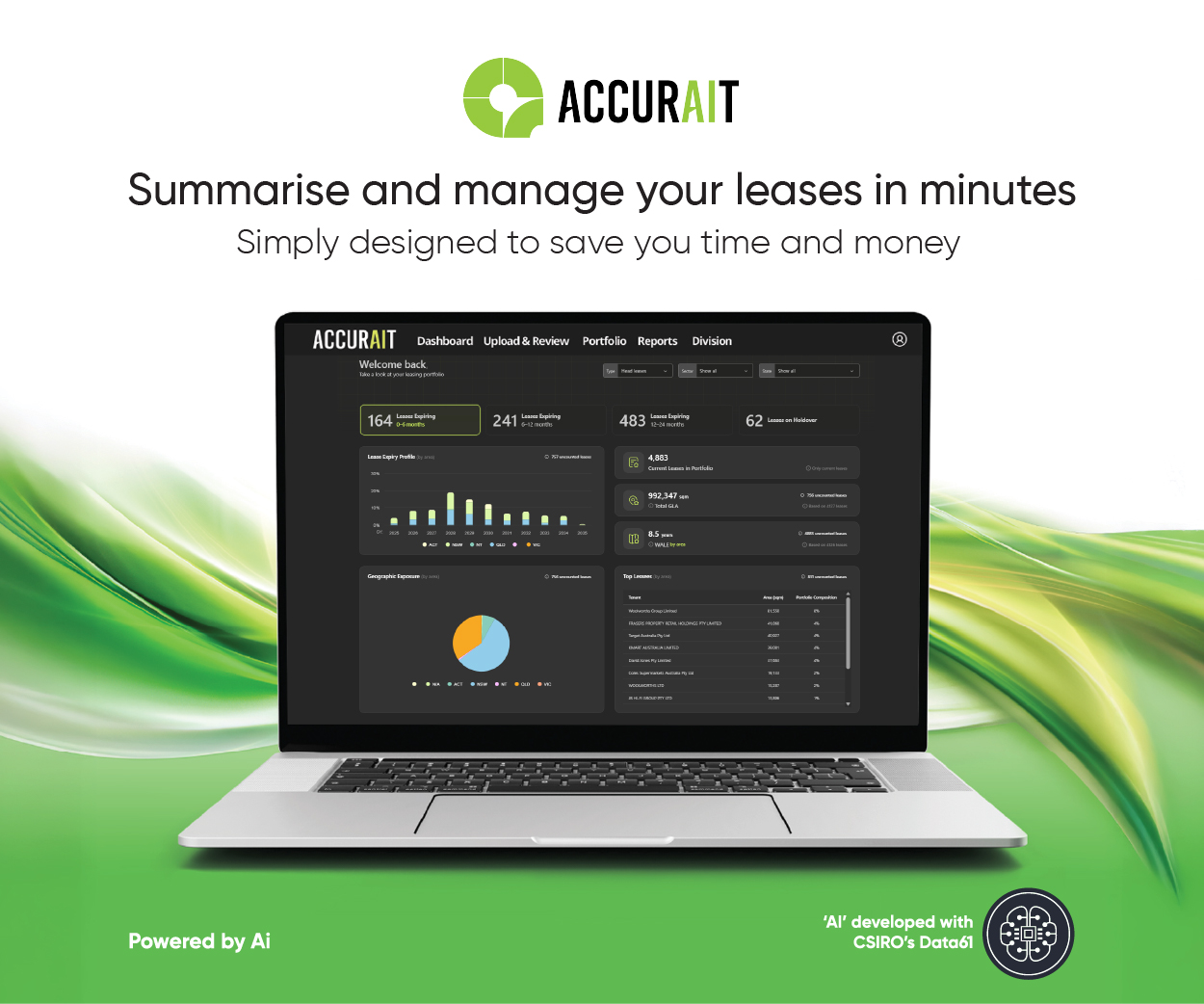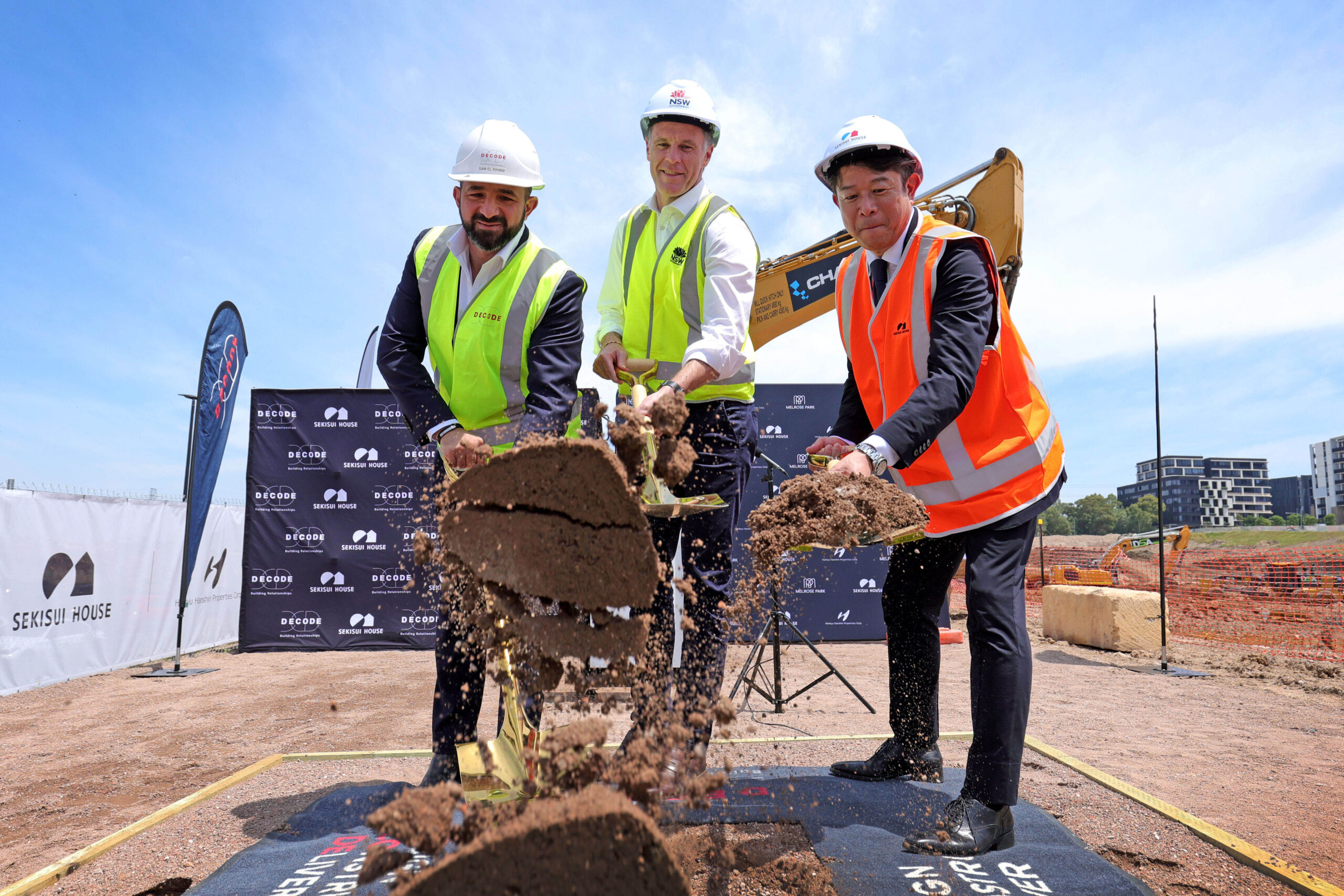
Australia’s property market is once again running hot, with home values rising at their fastest pace in two years. Since interest rates began to ease, average home values have jumped by nearly $54,000, driven by an ongoing housing shortage, increased investor activity and new federal government support for first-home buyers, according to The Sydney Morning Herald.
New data shows that national dwelling values climbed 1.1% in October, marking the strongest monthly gain since mid-2023. The acceleration comes ahead of this week’s Reserve Bank of Australia (RBA) meeting, where policymakers are expected to keep interest rates on hold following three consecutive cuts earlier this year.
Big City Gains and Regional Standouts
Sydney remains the nation’s most expensive housing market, with median house prices now sitting at $1.58 million after a 0.6% rise in October and a 6.3% gain since January. Melbourne also recorded solid growth, up 0.9% for the month and 4.9% year-to-date, bringing its median to just under $974,000.
However, smaller capitals continue to outperform. Perth led with a 1.9% monthly surge, followed by Adelaide (1.4%) and Darwin (1.3%). Regional markets also remain strong, Albany in Western Australia saw the steepest annual rise at 22.2%, while Mildura, Tamworth, and Gunnedah also posted double-digit growth.
The trend mirrors findings from The 10 “Hottest” Property Markets, which highlighted robust activity in regional and affordable markets across the country.
What’s Driving the Market?
Experts say the confluence of lower borrowing costs, supportive government policies and undersupply is fuelling demand. October marked the rollout of the federal government’s 5% deposit program for all first-home buyers, encouraging more entry-level buyers to return to the market. This echoes insights from Expanded Home Scheme Drives Record Demand, which noted a surge in buyer interest following the expansion of the deposit scheme.
CoreLogic research director Tim Lawless noted that affordability constraints, rising investor interest, and first-home buyer incentives have intensified competition at the lower end of the market. However, he also warned that investor lending, which now accounts for 38% of all new loans, may prompt regulators to step in, as it exceeds the 30% cap imposed by the Australian Prudential Regulation Authority (APRA) during the mid-2010s boom.
Inflation and Interest Rate Outlook
Despite strong housing activity, recent inflation figures may temper expectations of further near-term rate cuts. The September quarter CPI showed a pickup in both headline and underlying inflation, largely due to higher council charges, the end of electricity subsidies, and a rise in tobacco excise.
Economists believe the RBA will likely hold rates steady in the coming months but could have room to ease policy again in the second half of 2026 if inflation moderates. Capital Economics senior economist Abhijit Surya said slowing labour costs and easing goods inflation would provide “scope to deliver a couple more rate cuts next year.”
Meanwhile, ANZ’s head of Australian economics, Adam Boyton, said that while underlying inflation remains elevated, much of it stems from temporary government-related factors. He added that a gradual uptick in unemployment could put mild downward pressure on inflation over the coming quarters.
With housing demand continuing to outstrip supply, prices appear poised for further gains, particularly in more affordable capitals and regional centres. However, the combination of strong investor lending and persistent inflation pressures means the RBA and financial regulators will remain vigilant.
The question now is whether Australia’s latest property surge can be sustained, or whether policymakers will need to intervene to cool another boom before it overheats.






